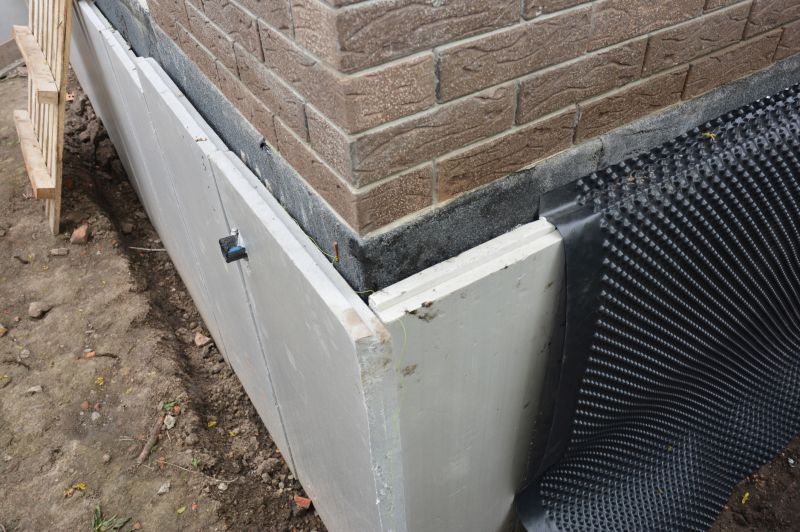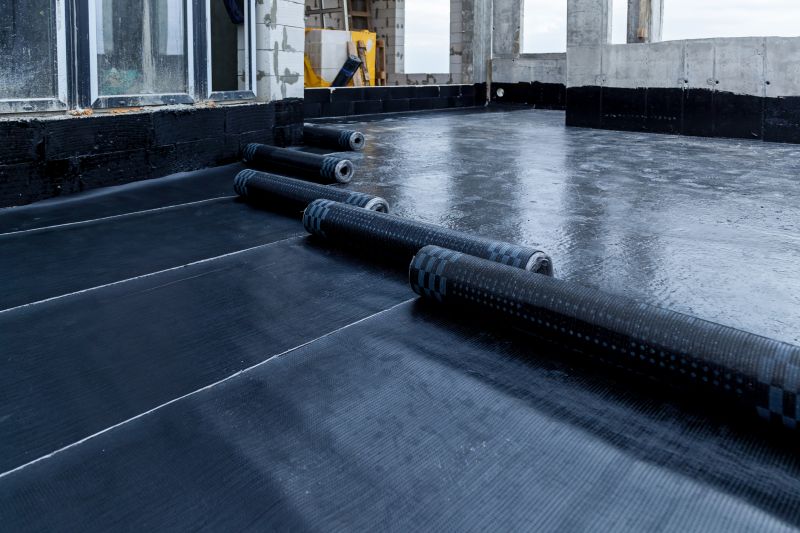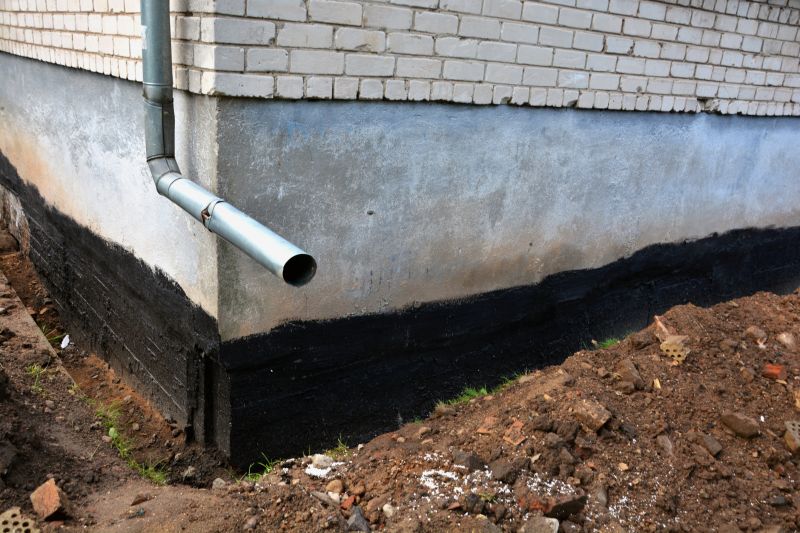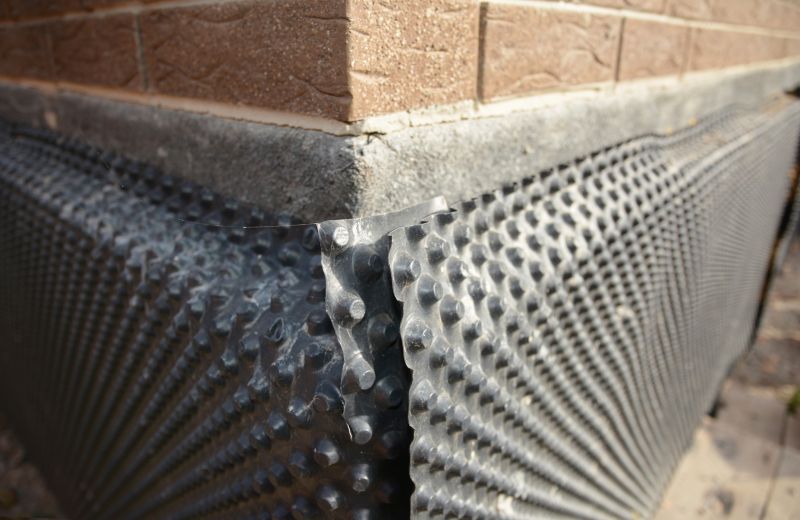High-Performance Waterproofing for Foundations and Roofs
Waterproofing is a critical component in protecting structures from water intrusion, which can lead to damage, mold growth, and structural deterioration. Proper waterproofing extends the lifespan of buildings and helps maintain their integrity. Various materials and techniques are employed to create effective barriers against water penetration, tailored to different surfaces and environmental conditions.

Application of waterproof membranes around foundations prevents water seepage and soil moisture infiltration, safeguarding the structural base.

Specialized coatings and membranes protect roofs from water leaks, ensuring durability and weather resistance.

Techniques such as sealants and drainage systems help keep basements dry and free from water damage.
The process of waterproofing typically involves an assessment of the surface, preparation of the area, and application of suitable waterproof materials. This can include membrane installation, sealant application, or coating layers. Proper surface preparation, including cleaning and priming, ensures optimal adhesion and effectiveness of the waterproofing system.
Depending on the scope and surface complexity, professional waterproofing projects can take from a few hours to several days to complete.
The process involves surface inspection, cleaning, surface treatment, membrane or coating application, and curing time. Each step is crucial for ensuring long-lasting protection.
Professional waterproofers bring expertise, proper tools, and quality materials to ensure the effectiveness of the waterproofing system, reducing the risk of future water issues.

Photos showcasing successful waterproofing projects demonstrate the quality and durability of professional installations.

Visuals of membrane layers being applied to various surfaces highlight the precision involved in the process.

Examples of completed basement waterproofing projects illustrate effective water barrier solutions.
Proper waterproofing plays a vital role in maintaining the structural integrity and longevity of buildings. It is essential to select the appropriate materials and techniques suited to the specific application and environmental exposure. Regular inspections and maintenance can further ensure that waterproofing systems remain effective over time.

